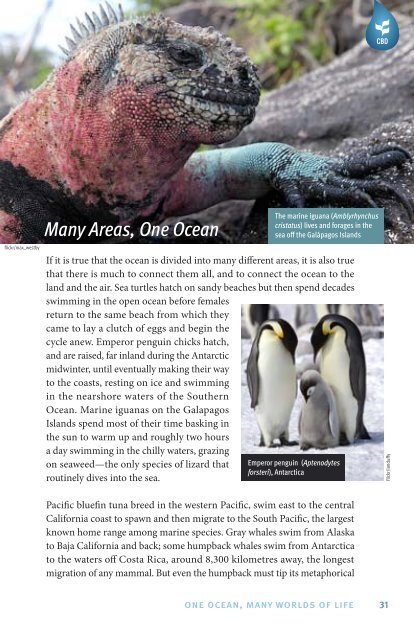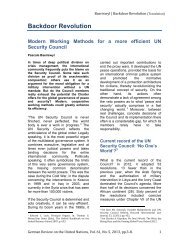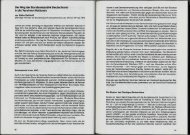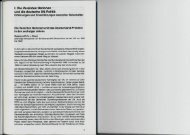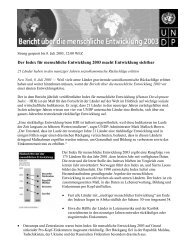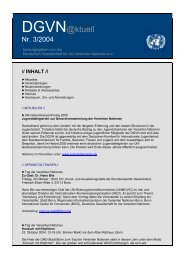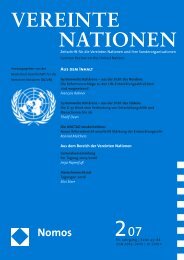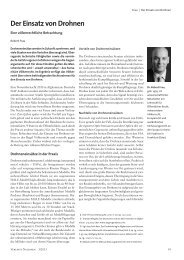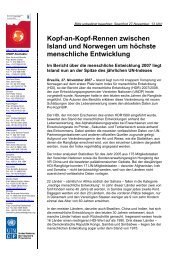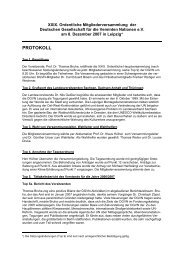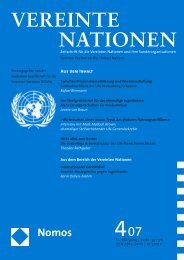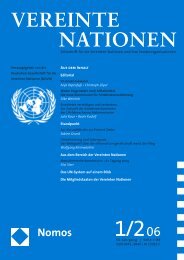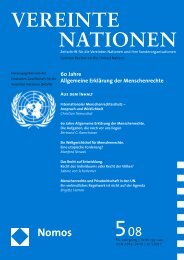One Ocean, Many Worlds of Life - Convention on Biological Diversity
One Ocean, Many Worlds of Life - Convention on Biological Diversity
One Ocean, Many Worlds of Life - Convention on Biological Diversity
Create successful ePaper yourself
Turn your PDF publications into a flip-book with our unique Google optimized e-Paper software.
flickr/max_westby<br />
<str<strong>on</strong>g>Many</str<strong>on</strong>g> Areas, <str<strong>on</strong>g>One</str<strong>on</strong>g> <str<strong>on</strong>g>Ocean</str<strong>on</strong>g><br />
If it is true that the ocean is divided into many different areas, it is also true<br />
that there is much to c<strong>on</strong>nect them all, and to c<strong>on</strong>nect the ocean to the<br />
land and the air. Sea turtles hatch <strong>on</strong> sandy beaches but then spend decades<br />
swimming in the open ocean before females<br />
return to the same beach from which they<br />
came to lay a clutch <str<strong>on</strong>g>of</str<strong>on</strong>g> eggs and begin the<br />
cycle anew. Emperor penguin chicks hatch,<br />
and are raised, far inland during the Antarctic<br />
midwinter, until eventually making their way<br />
to the coasts, resting <strong>on</strong> ice and swimming<br />
in the nearshore waters <str<strong>on</strong>g>of</str<strong>on</strong>g> the Southern<br />
<str<strong>on</strong>g>Ocean</str<strong>on</strong>g>. Marine iguanas <strong>on</strong> the Galapagos<br />
Islands spend most <str<strong>on</strong>g>of</str<strong>on</strong>g> their time basking in<br />
the sun to warm up and roughly two hours<br />
a day swimming in the chilly waters, grazing<br />
<strong>on</strong> seaweed—the <strong>on</strong>ly species <str<strong>on</strong>g>of</str<strong>on</strong>g> lizard that<br />
routinely dives into the sea.<br />
The marine iguana (Amblyrhynchus<br />
cristatus) lives and forages in the<br />
sea <str<strong>on</strong>g>of</str<strong>on</strong>g>f the Galápagos Islands<br />
Emperor penguin (Aptenodytes<br />
forsteri), Antarctica<br />
Pacific bluefin tuna breed in the western Pacific, swim east to the central<br />
California coast to spawn and then migrate to the South Pacific, the largest<br />
known home range am<strong>on</strong>g marine species. Gray whales swim from Alaska<br />
to Baja California and back; some humpback whales swim from Antarctica<br />
to the waters <str<strong>on</strong>g>of</str<strong>on</strong>g>f Costa Rica, around 8,300 kilometres away, the l<strong>on</strong>gest<br />
migrati<strong>on</strong> <str<strong>on</strong>g>of</str<strong>on</strong>g> any mammal. But even the humpback must tip its metaphorical<br />
<str<strong>on</strong>g>One</str<strong>on</strong>g> <str<strong>on</strong>g>Ocean</str<strong>on</strong>g>, <str<strong>on</strong>g>Many</str<strong>on</strong>g> WOrlds Of life<br />
flickr/ianduffy<br />
31


